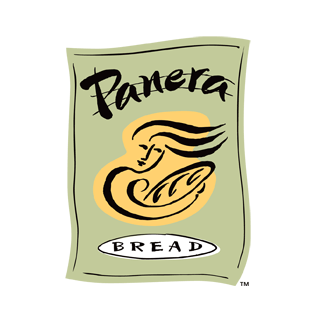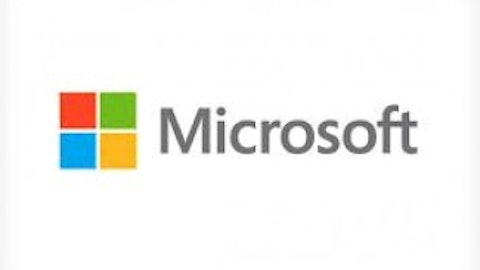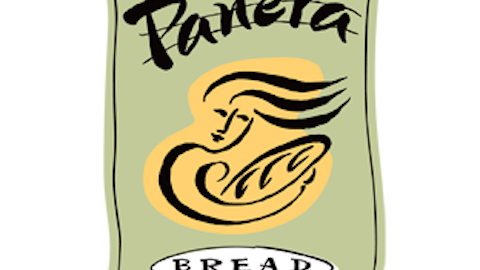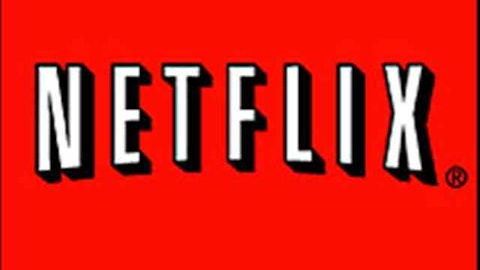There’s a financial crisis looming for the millions of Americans hoping to retire. With more than half of all workers saving for retirement having $25,000 or less squirreled away in their nest eggs, it’s clear that most people are woefully unprepared for the financial realities of living off Social Security, their life savings, and any supplemental income they may be fortunate enough to have.
Yet even if you’ve succeeded in building up a bigger nest egg, you can’t assume that you have it made. If you’re like most people, your retirement account balance dramatically exceeds the actual financial resources you have at your disposal, for one simple reason: The IRS is waiting in the wings to get its long-awaited pound of flesh.

We’ve all heard about the benefits of saving for retirement using tax-favored accounts like IRAs and 401(k) plans. By setting aside pre-tax money in those accounts, you get an up-front tax deduction on your current-year return that reduces your tax bill or entitles you to a larger refund. With IRA contributions being one of the few ways you can decrease your tax liability after the tax year has already ended — you can make a 2012 contribution to an IRA up until April 15 — many taxpayers see the tax deduction as the primary reason for funding an IRA in the first place.
In addition to that up-front benefit, IRA and 401(k) account holders don’t have to pay taxes on the income from those accounts, either. Instead, as long as the money stays in the retirement account, Uncle Sam has to wait patiently, allowing assets to grow on a tax-deferred basis.
But eventually, you’ll need your retirement money, and that’s when you’ll feel the big tax hit. When you withdraw money from a traditional IRA or 401(k), the withdrawn amount gets added to your taxable income. Typically, it’s subject to tax both federally and at the state level.
Often, that ends up being a net win. Deductions you get during your career when your tax rates are high can be worth more than the taxes you have to pay at lower rates when your retirement income is low. But higher taxable income from IRA and 401(k) withdrawals can also have unintended secondary effects, such as lifting your income above the threshold at which a large chunk of your Social Security benefits become subject to tax as well. And regardless, having even 15% to 25% of your retirement-account balances go to pay income taxes is a major haircut for most savers’ modest nest eggs.
The solution
In order to fight this, the obvious first step is to take potential tax liability from your retirement assets into account when you’re planning how much you need in order to retire. That can prevent you from being overly optimistic and retiring sooner than you should.
But it’s also important to have a diversified portfolio of assets that includes some investments held in ordinary accounts. While retirement accounts are a great place for high-tax investments like mortgage REITs and high-yield bonds, low-tax investments that you can buy and hold for decades are often better to hold in a taxable account than in a regular IRA. For instance, Priceline.com Inc (NASDAQ:PCLN) continues to dominate the travel-portal space and has started cashing in on the purchasing power of a rising consumer class in international markets. Panera Bread Co (NASDAQ:PNRA) was early in tapping into the trend toward healthier food offerings yet has been able to hold its margins up well despite food inflation pressures. Finally, Netflix, Inc. (NASDAQ:NFLX) has overcome huge challenges and has started lining up the great content it will need to compete against much larger rivals in the years to come. All three of these companies pay no dividend, yet they’ve produced huge capital gains that qualify for low long-term gains rates when held in taxable accounts.
In addition, certain types of assets do better in taxable accounts. Municipal bond investments iShares S&P National Municipal ETF and Nuveen Muni Value Fund Inc (NYSE:NUV), for instance, don’t fit in IRAs because their income is already tax-free. In fact, you can turn tax-free income into taxable distributions if you invest in munis in an IRA.
Another smart hedge is having some money in Roth retirement accounts. With Roths, you can take retirement money out with no tax consequences — a valuable tool to have at your disposal if you need to keep your taxable income down.
Finally, be aware of the overhang of potentially taxable IRA money before you need it. Sometimes, taking withdrawals even before you retire can be smart, if you’ve reached age 59 1/2 and are getting taxed at a low rate.
Don’t get fooled
Even if you have an impressive retirement account balance, it may not give you the financial security that you need. Be tax-smart about your retirement assets, and you’ll have a much better chance of having a comfortable retirement.
The article Why Your Retirement Savings Is Smaller Than It Looks originally appeared on Fool.com and is written by Dan Caplinger.
Fool contributor Dan Caplinger has no position in any stocks mentioned. You can follow him on Twitter @DanCaplinger. The Motley Fool recommends Netflix, Panera Bread, and Priceline.com. The Motley Fool owns shares of Netflix, Panera Bread, and Priceline.com.
Copyright © 1995 – 2013 The Motley Fool, LLC. All rights reserved. The Motley Fool has a disclosure policy.




